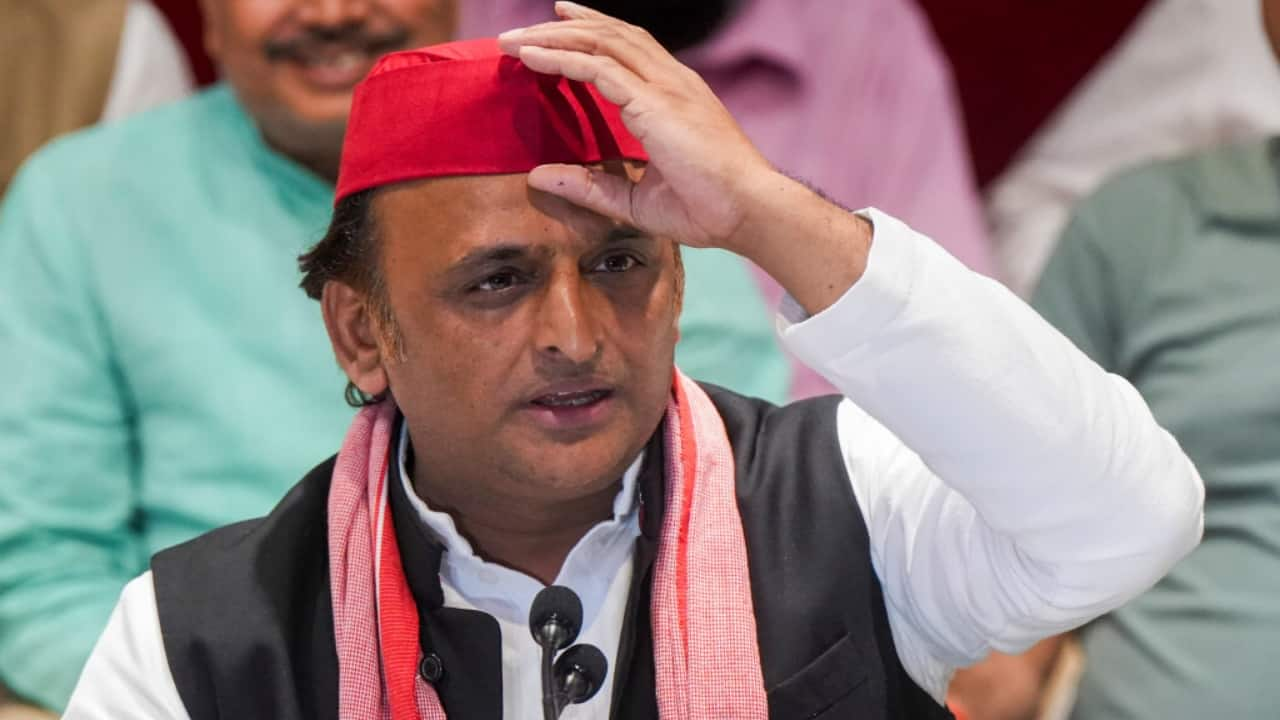Qatar tribune Agencies The stock market was soaring and the sun was shining when President Donald Trump stepped out of the Oval Office on Wednesday afternoon. Less than two hours earlier, he had retreated from his plans to increase tariffs on many U.S.
trading partners, and investors were rejoicing after bracing for a global economic meltdown. “You’ve got the markets seeing your brilliance,” Sen. John Barrasso, a Republican from Wyoming, told the president.

Trump agreed. “Nobody’s ever heard of it,” he declared. It was a typical bit of hyperbole that, in this case, was true.
Even by the standards of Trump’s second term, the saga that had played out over the past week left the world struggling to catch its breath. The Republican president, of his own doing, had single-handedly pushed the global economy to the brink of chaos with new tariffs. The stock market cratered, businesses tore up their plans and foreign leaders prepared for a future without the world’s richest nation at the center of international trade.
And then Trump backed down. Seven days after announcing what would have amounted to America’s largest tax hike since World War II in an elaborate Rose Garden ceremony, he rolled back most of the tariffs in a surprise post on his social media website. “I think the word would be flexible,” he said later despite days of insisting that he wouldn’t bend.
“You have to be flexible.” It was unclear what the president had accomplished, beyond the satisfaction of, in his words, having other countries “kissing my ass” to try to talk him out of the tariffs. No new trade deals have been reached, although administration officials said negotiations are underway.
However, real damage has been done. The back-and-forth over tariffs shook confidence in U.S.
leadership, exposed fractures within Trump’s team and rattled companies that rely on global sources for products and international customers for sales. Americans who use the stock market to save for retirement and college suffered days of angst.The turmoil isn’t over yet, either.
Trump’s 10% blanket tariffs initially imposed on Saturday are now applied to dozens of nations. He also jacked up tariffs to 125% on imports from China, leaving the world bracing for a showdown between the first and second largest economies. There are 25% tariffs on Canada and Mexico, America’s largest trading partners, as well as 25% taxes on imported autos, steel and aluminum.
Other tariffs — including 24% on Japan, 25% on South Korea, 20% on the European Union — are on hold for 90 days to allow for trade talks. “This just accentuates the policy uncertainty and sense of unreliability Trump is creating,’’ said William Reinsch, a former U.S.
trade official now at the Center for Strategic and International Studies. While Reinsch said it’s good news that Trump didn’t move forward with some of his highest tariffs, “how does anybody know that he won’t change his mind on Friday or next week?”U.S.
flags were draped along the White House colonnade for a red-white-and-blue backdrop when Trump announced his tariffs on Wednesday, April 2. “My fellow Americans, this is Liberation Day,” he said. The president held up a poster listing the tariffs that he would slap on each country — 32% for Thailand, 49% for Cambodia, 26% for India, and on and on.
People around the world squinted to decipher the numbers that would reset critical economic relationships. Trump has been fixated on international trade for decades, long before entering politics. His central concern is trade deficits, meaning the U.
S. imports more than it exports. But the focus puzzles mainstream economists, who don’t view the situation with the same level of alarm.
It’s no surprise, they said, that a rich nation like the U.S. would buy more than it sells, and they’re generally skeptical that tariffs alone would eliminate trade deficits.
However, Trump declared that it was a “national emergency” that would allow him to push tariffs without congressional approval. His tariffs were not based on the import taxes charged by other countries but by the size of each trade deficit, a calculation that instantly discredited the policy with many economists and investors. Also baffling were the tariffs placed on Heard and McDonald Islands, which are mainly populated by penguins.
The day after the announcement, Trump jetted to Florida for the weekend. “The markets are going to boom, the stock is going to boom, the country is going to boom,” he promised while leaving the White House, the whirring rotors of Marine One sometimes overpowering his voice. “And the rest of the world wants to see if there is any way they can make a deal.
” But the market was crashing, posting its biggest single-day loss since the outbreak of the coronavirus pandemic five years earlier. And it didn’t get any better as Trump attended a Saudi-funded tournament at his Miami golf course and participated in a candle-lit dinner for an allied political organization.On the flight back to Washington on Sunday evening, Trump told reporters that he won a club championship.
“It’s good to win,” he said. “You heard I won, right?” But around the country and the world, the fallout was spreading. Fulcrum Coffee Roasters in Seattle braced for rising costs for beans from Southeast Asia and espresso machines from Italy.
Stellantis, the automaker behind brands like Jeep and Ram, announced it would pause production at plants in Mexico and Canada, leading to temporary layoffs at other facilities in Indiana and Michigan, a reminder of how interconnected vehicle supply chains have become. The Dutch division of Tata Steel said it would cut 1,600 employees, about a fifth of its workforce. Ireland Prime Minister Michael Martin said “there is no way to sugar coat” the situation as business with the U.
S. started tapering off. Sri Lanka worried that its economic recovery would be derailed as its clothing industry faced new tariffs from its most important export market.
The markets were still in a panic on Monday when an unverified report circulated that the president was considering a 90-day pause on the tariffs. Stocks briefly soared before investors realized the information was wrong. “We’re not looking at that,” Trump said as hopes for the rumored reprieve vanished.
By Tuesday, with fears of a recession growing, Trump’s closest advisers began publicly sparring with one another. Billionaire entrepreneur Elon Musk, who leads the administration’s efforts to trim the size of government, openly questioned the wisdom of the tariffs, which would raise costs for his electric automaker Tesla. White House trade adviser Peter Navarro insisted that Musk “doesn’t understand” the situation.
Copy 11/04/2025 10.
Business

Trump halts tariffs after market crash, leaving allies and investors reeling

AgenciesThe stock market was soaring and the sun was shining when President Donald Trump stepped out of the Oval Office on Wednesday afternoon. Less than two hours earlier, he had...














